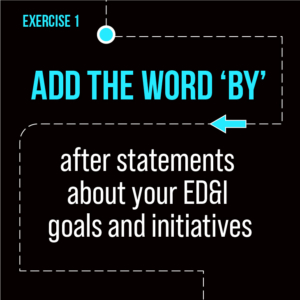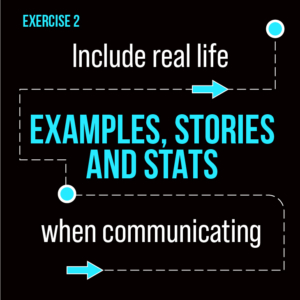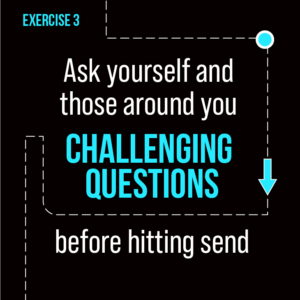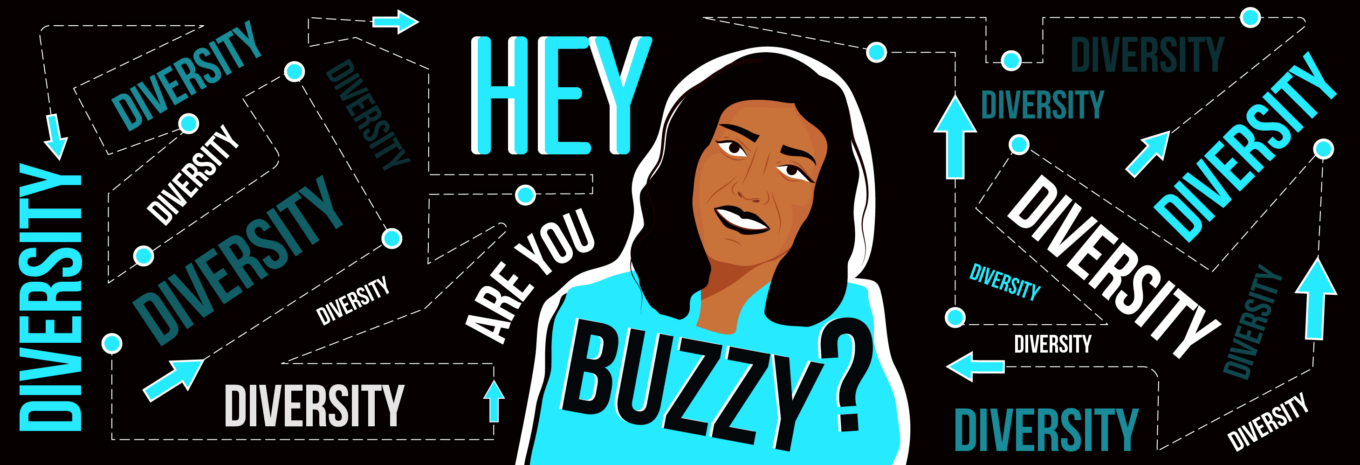Sara Ahmed says that ‘diversity’ is an unobtrusive, unconfrontational buzzword that provides a “cushion”, a “comfortable way of getting through to people”.
Sounds good. Or does it?
In her book, On Being Included: Racism and Diversity in Institutional Life, Ahmed argues that in practice, the fact that ‘diversity’ is no longer a challenging word is problematic. She says that over time it has gained commercial value and become detached from uncomfortable yet important issues such as the imbalance of power, racial inequality and institutionalised discrimination.
With more and more organisations adopting the language of ED&I in their mission statements, values and strategies, it can be difficult to decipher which are holding themselves to account and which are using buzzwords to, as Ahmed puts it, “merely create the appearance of valuing”. This is called the “containment strategy”.
For Ahmed, the “containment strategy” has enabled organisations, academic institutions and the people within them to forge a “significant gap between saying and doing”.
So, how can we stop this from happening and how can we make our ED&I related comms more meaningful and outcome-orientated?

We’ve come up with three different exercises for you to try out…
1. Add the word ‘by’ after statements about your ED&I goals and initiatives.
For example:
We will create a more diverse and inclusive culture by…
We’re committed to closing our gender pay gap by…

2. Include real life examples, stories and stats when communicating the progress made in different areas of the business.
For example:
Last month our ED&I steering group launched a digital toolkit to help managers facilitate important conversations about health and wellbeing at work. According to the feedback survey, 90% of employees agreed that more toolkits should be released monthly.

3. As part of your proofing process, ask yourself and those around you challenging questions before hitting send.
For example:
Who does this recruitment campaign represent and include, and who could it potentially exclude?
What actions are we taking because of our ethnicitity pay gap results, and when can these be shared?
Am I communicating our future aspirations, or our current reality?
You could also experiment with these exercises in the context of other important topics, such as sustainability!
These small but effective actions could help avoid the word ‘diversity’ becoming performative or void, and instead give it life, value and meaning.
When it comes to ED&I and comms; let’s get busy, not just buzzy.
By Lauren Castle for Alive!
















